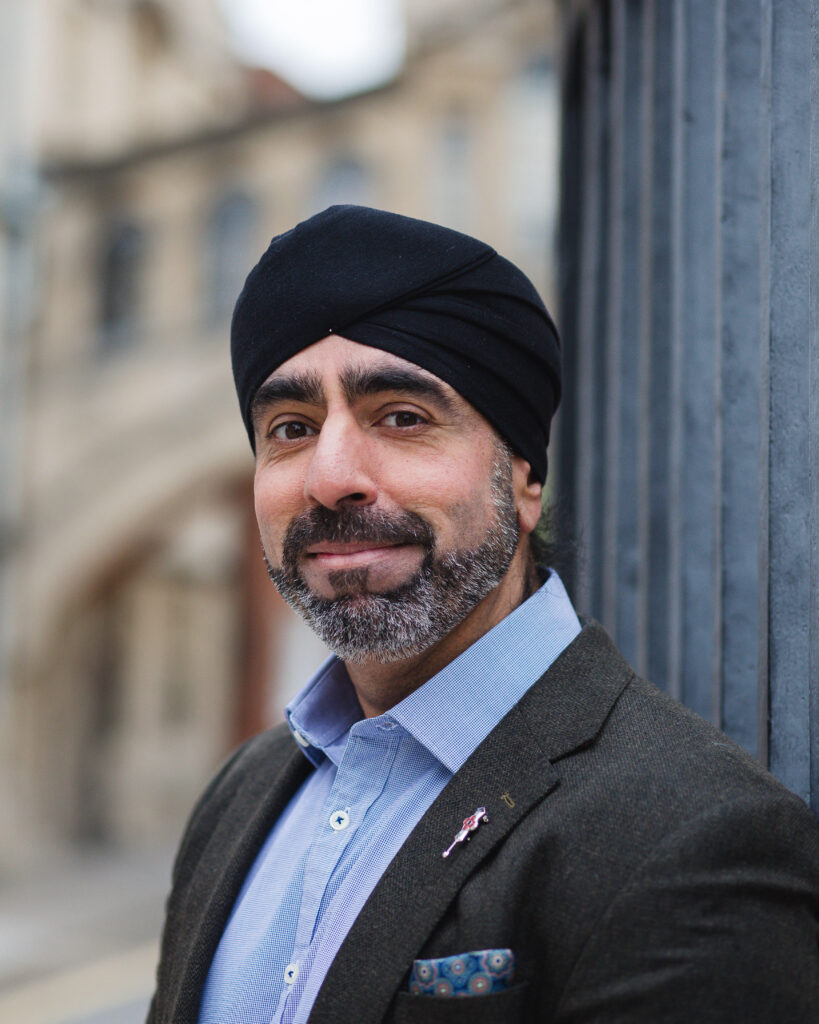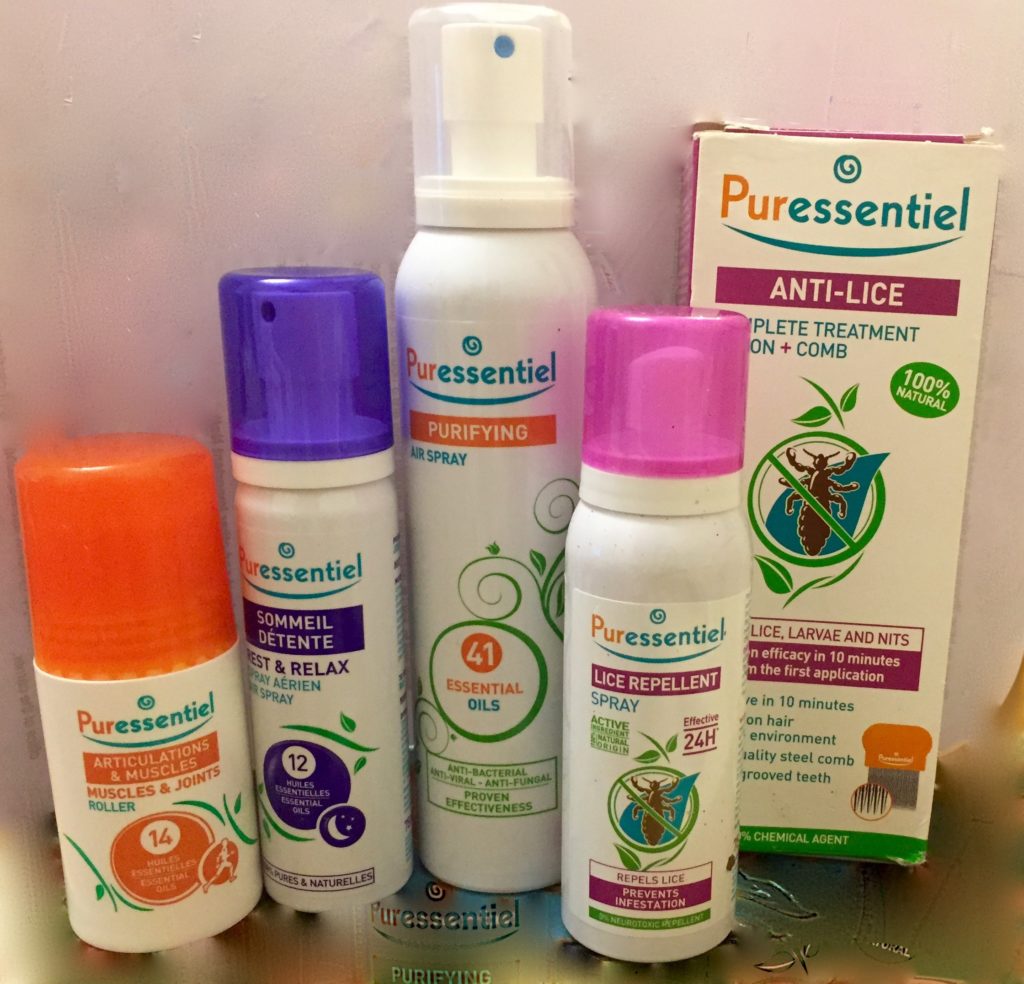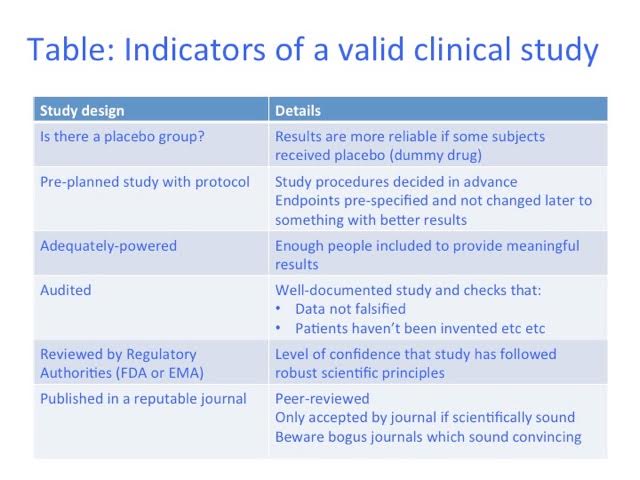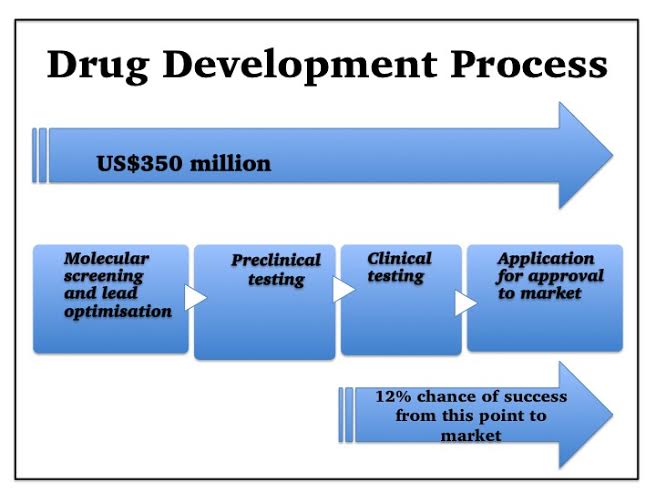According to Mintel, “Over two thirds of UK consumers take vitamins and supplements”. In 2023, the global market in vitamin and mineral supplements was valued at almost 135 billion, and is predicted to grow by just shy of 10% each year between now and 2030.
With the awareness of ultra processed foods now coming to the forefront, there is a growing awareness that not all ‘healthy supplements’ are as beneficial as they appear. Many supplements contain various additives such as fillers, glues, binders, preservatives, and colourants, which can impact their overall health benefits. It’s important to read between the lines of ‘ultra-processed’ supplements like liquid collagen and tablet formulations, to ensure you’re receiving what you pay for.
We’ve become pretty good at spotting unnecessary additives in our food and beauty products, but when it comes to checking how ‘clean’ our supplements are, do we really know what’s good for us? Pharmacist and Co-Founder of INGENIOUS collagen & wellness supplements, Pupinder S. Ghatora, lists the top 5 ingredients to avoid below.
Just how clean are your supplements?

1. Magnesium stearate
“Magnesium stearate is simply a ‘flow agent’ that is used to facilitate smooth processing in factory machinery and within the body. It serves no health benefits and will simply cause the supplement to pass through you without being absorbed. Brands often use it to bulk out supplements so that they can reduce the amount of the more expensive active compound. In large amounts it can even negatively affect the gut microbes in your digestive system.”
2. Carrageenan
“At first glance, you’d think carrageenan, AKA Sea Moss, is beneficial for health as it’s derived from seaweed. It’s often found in gummies and liquid supplements as a gelling agent, stabiliser and thickener. However, research indicates it can have adverse effects on digestion, triggering inflammation, ulceration, and elevating blood sugar levels while exacerbating glucose intolerance. Similarly, vegetable gums like Guar and Xanthan exhibit similar properties and can also lead to digestive disturbances.”
3. Titanium dioxide
“You’ll often see titanium dioxide listed on ingredient lists, also identified as E171 on labels. Worryingly, research has suggested that the ingredient may have a carcinogenic effect. Although the European Commission has banned its use as a food additive, this does not extend to the UK or US, so it’s still widely used as a white pigment and colour enhancer in supplements.”
4. Talc
“Talc has garnered attention recently due to concerns about contamination in industrial-grade talc, which can include impurities and even asbestos. Surprisingly, it’s used as both an anti-caking agent and a tablet brightener, mostly present in tablet supplements.”
5. Sweeteners and sugars
“Sorbitol, mannitol, maltitol, and sucralose are all artificial sweeteners known to cause gut issues when overconsumed. They’re not limited to fizzy drinks and ‘diet’ snacks but are also present in gummies, drinks, and powders. Sucrose, dextrose, and glucose syrup add sweetness to gummy or liquid supplements and, as we know, increased sugar intake has been linked to obesity, diabetes and heart disease. Aspartame is another artificial sweetener found in many supplements and so called ‘diet’ food and drinks. Although some studies confirm it is safe, there are new emerging studies showing that it can have a negative impact on our body’s oxidant/antioxidant balance, which has a knock effect on many of the body’s functions.”
Pupinder S. Ghatora, Co-Founder of INGENIOUS
Pupinder S Ghatora, pharmacist and co-founder of INGENIOUS has paved the way forward in the collagen industry since 2014. Unlike its counterparts laden with bulking agents, artificial flavourings, and preservatives to mask the bitter taste, INGENIOUS patented capsules stand tall with their commitment to purity. Formulated by a team boasting over 25 years of combined scientific expertise, these capsules contain only pure active ingredients, no fillers, flow agents, preservatives, or flavourings. This means that when taking INGENIOUS supplements, you’re not wasting your money or endangering your health with chemicals and ultra-processed.





